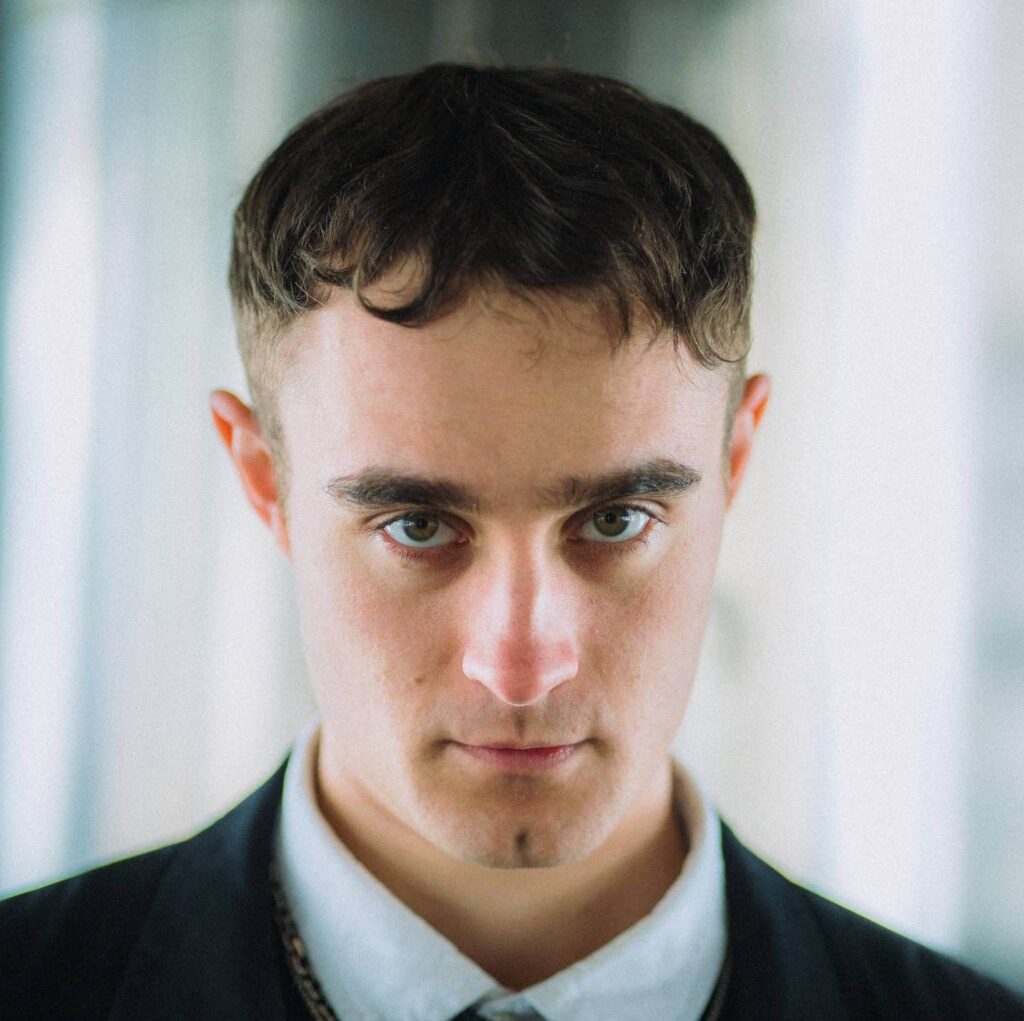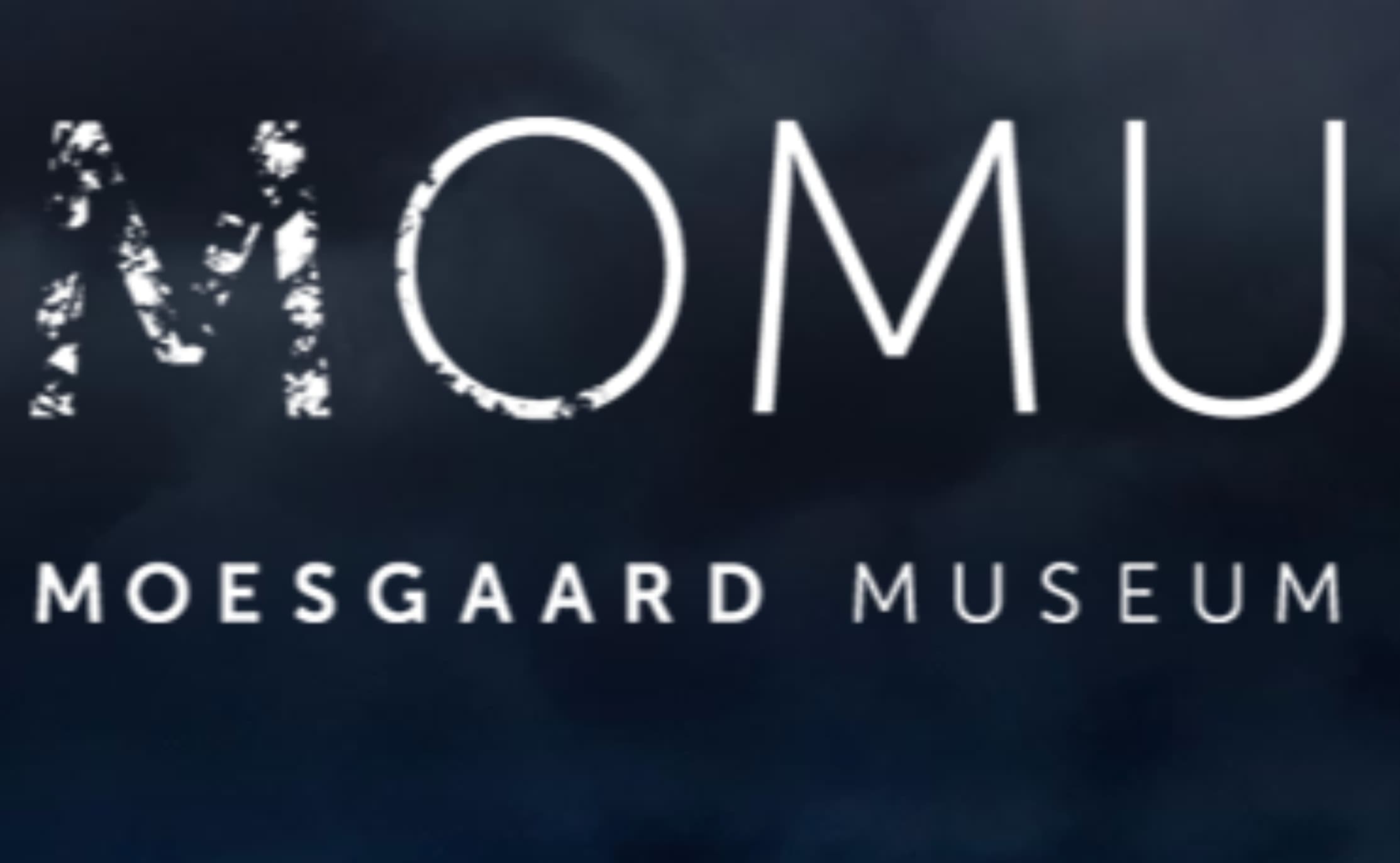Hello there,
I’m Benjamin, the man behind SoundbyHøyer, and for the past three years, I’ve been studying sound design at Sonic College in Denmark.
The various courses at Sonic College have equipped me with a wealth of knowledge, allowing me to work with sound design on movies, games, and podcasts, as well as the art of recording artists and bands in a studio and mixing in both stereo and surround using Dolby Atmos.
Thanks to my years at Sonic College, I’ve discovered that my ultimate goal is to work in a studio where I can produce, record, and mix all kinds of artists, helping to bring their art and passion to life.
So feel free to explore some of the different projects, both big and small, I’ve been a part of over the last three years.

“De Lyse Nætter” by Koldiwood Kills
As a part of our exam project in Advanced Studio Production, we were assigned the task of composing, producing, recording, and mixing a song within a tight three-week timeframe. Nothing was impossible, and all genres were allowed. The only condition was that everything we created had to be recorded live, which meant no use of MIDI.
So, my group and I set out with the goal of creating a Danish pop song according to all the rules of the art, drawing inspiration from a wide variety of radio hits from the last decade. With a healthy dose of humour and great inspiration from artists like Rahim and Andreas Odbjerg, we entered the studio to explore various chord progressions and jam our way to the ultimate summer hit. After several hours of experimentation, we finally succeeded in finding the perfect chord progression for what would end up being the chorus in “De Lyse Nætter.”
Over the course of the three weeks that our exam project lasted, we managed to complete a fully recorded instrumental piece and with additional help from an external songwriter he penned the lyrics, sung a top line, and added all the harmonies and ad-libs needed to turn it into a genuine pop production.
My role in this project primarily involved composing and arranging all the musical elements. Additionally, I was responsible for recording all the guitar, piano, rhodes, and synthesizer parts.
During the editing phase, I took charge of ensuring that the live-recorded bass guitar grooved perfectly with the live-recorded drums. I also edited vocals and harmonies to ensure that everything sounded beautifully and in harmony.
As part of the exam project, each of us was asked to present our proposals for how a finished mix and master could sound. The audio sample you can hear is my vision for how a modern Danish pop song could be mixed and mastered, incorporating everything from individual processing to mix bus processing and creative effects on vocals and instruments.
Produced, Mixed and Mastered by Høyer
“Yndige Sommer” & “Afterglow” by MGK
Another project of great significance in Advanced Studio Production was the collaboration between Sonic College and MKG. We were divided into groups of three and provided with a list of the artists we would be working with. Our task was to facilitate meetings where, along with the artists, we could plan the pre-production of the songs. We discussed how the songs would take shape, developed channel and schedule plans, set up our SSL System-T console, and selected the microphones to capture the desired sound (primarily for our own use). All this preparation culminated in two weeks of recording 11 different songs in the recording studios at Sonic College.
During the recording weeks, my group and I were responsible for setting up and recording four different projects. These included two instrumental jazz songs, a soul-pop song, and an acoustic guitar piece with a total of six guitars to be recorded in the same room. It was an exciting and educational challenge to record such diverse music genres while applying three distinct approaches to achieve the perfect recording techniques for each.
On the final day of our two-week intensive recording period, a masterclass was held on recording a big band. We learned techniques for microphone placement on different horn sections, isolating a piano in the same room, and were introduced to the use of a Decca tree and other advanced recording techniques.
To conclude our main course, each of us was assigned a couple of songs from the total of 11 that had been recorded. These songs were to be mixed and mastered. Below, you can listen to two examples of the songs I mixed and some of the choices I made during the mixing process. They include a progressive jazz-rock track called ‘Yndige Sommer’ and a big band version of Pernille Rosendahl’s ‘Afterglow’.
Mixed by Høyer


“AWAKE” by Voliik ft. Blood ID
“Awake” was a fun little summer project that I became a part of because Voliik had been working on an EP with Blood ID for some time. Among the various tracks they had created, Awake stood out by having a more ‘rock’ feel. I was asked if I would handle the mixing of this song because Voliik had been trying for a while but didn’t feel he could get enough energy from the various instruments, such as drums and guitar. I saw it as an exciting challenge as I had never worked with EDM before, and my approach to how this song should be mixed was very different from the one originally presented by Voliik.
I added more power to the drums, and with the help of three different parallel compressors, the drums could suddenly stand out in a dense mix. The guitars were spread out in stereo and treated as if it were a metal song. The vocals required the most attention, and with various effects and saturation, I managed to make them stand out in the mix. After I had completed the mixing of the song, and both Voliik and Blood ID had given their approval, I sent the mix back to Voliik in stems so that he could make a stemmaster to ensure that the song would harmonize and fit perfectly with the other songs on the EP.
I didn’t just participate in the mixing of Awake, but I was also involved in the rest of the EP. Together with Voliik, we went through each song to fine-tune and mix elements, ensuring that the vocals blended better into his EDM tracks. If elements in his sound design clashed or didn’t fit, we made adjustments in the mix or removed them entirely to make room for the vocals. This process of refining each song and ensuring that all elements worked in harmony was crucial to creating a coherent and captivating EP.
Mixed by Høyer
“Ud af Kaos – The Podcast” to Moesgaard Museum
One of the many diverse projects I’ve been involved in at Sonic College was the development of a pilot episode for a podcast for a company or institution. This project spanned a period of about three months during which we were equipped with a wide range of skills related to brainstorming, interviewing techniques, and constructing an engaging narrative.
Creating the podcast itself was an intense and enjoyable journey. We spent a considerable amount of time brainstorming ideas about the direction our podcast should take. Should it be a thrilling podcast? Should it be fictional? Or perhaps an informative and fact-based podcast? At one point, we contemplated focusing on the topic of mental health. However, we ultimately decided to approach Moesgaard – a modern museum that distinguishes itself from more “traditional” museums. Moesgaard encourages its visitors to interact with the exhibits actively. People are encouraged to touch the objects instead of just looking at them, and sound design plays a significant role in the exhibits. Thus, it made sense for us to collaborate with Moesgaard Museum and create a podcast for them.
Now that we had identified our subject, we still needed to determine our target audience and the content of the podcast. We brainstormed once again and quickly realized that Moesgaard’s special exhibitions were a perfect fit for our format. We aimed to create a podcast series from these exhibitions as they change annually. As for the target audience, we focused on young podcast users who could experience a museum visit in podcast format during their busy lives.
But how could we make a museum visit exciting when we were working only with audio? We desired a narrative element that would draw listeners into an audio universe similar to how Moesgaard achieves this in its physical exhibitions. We crafted three short stories interwoven with time and event elements from the period relevant to the exhibition. Since Moesgaard Museum primarily deals with historical facts, maintaining accuracy and credibility in our fictional stories proved to be a challenge. Therefore, we consulted a historian from Moesgaard, affiliated with the special exhibition “Out of Chaos,” to ensure that our podcast remained rooted in historical data. Interviews with the historian served as the link between our audio stories and Moesgaard’s factual exhibition.
My role in this project was multifaceted. I was responsible for planning our three-month collaboration with Moesgaard. I was also actively involved in recordings and interviews with the individuals we needed to bridge facts and fiction in our podcast. I made a lot of the sound design. I was responsible for editing and mixing the hollow podcast. However, my most significant role was as the narrator in the three short stories that unfolded within the 20-minute podcast.
Produced, Sound design & Mixed by Høyer
